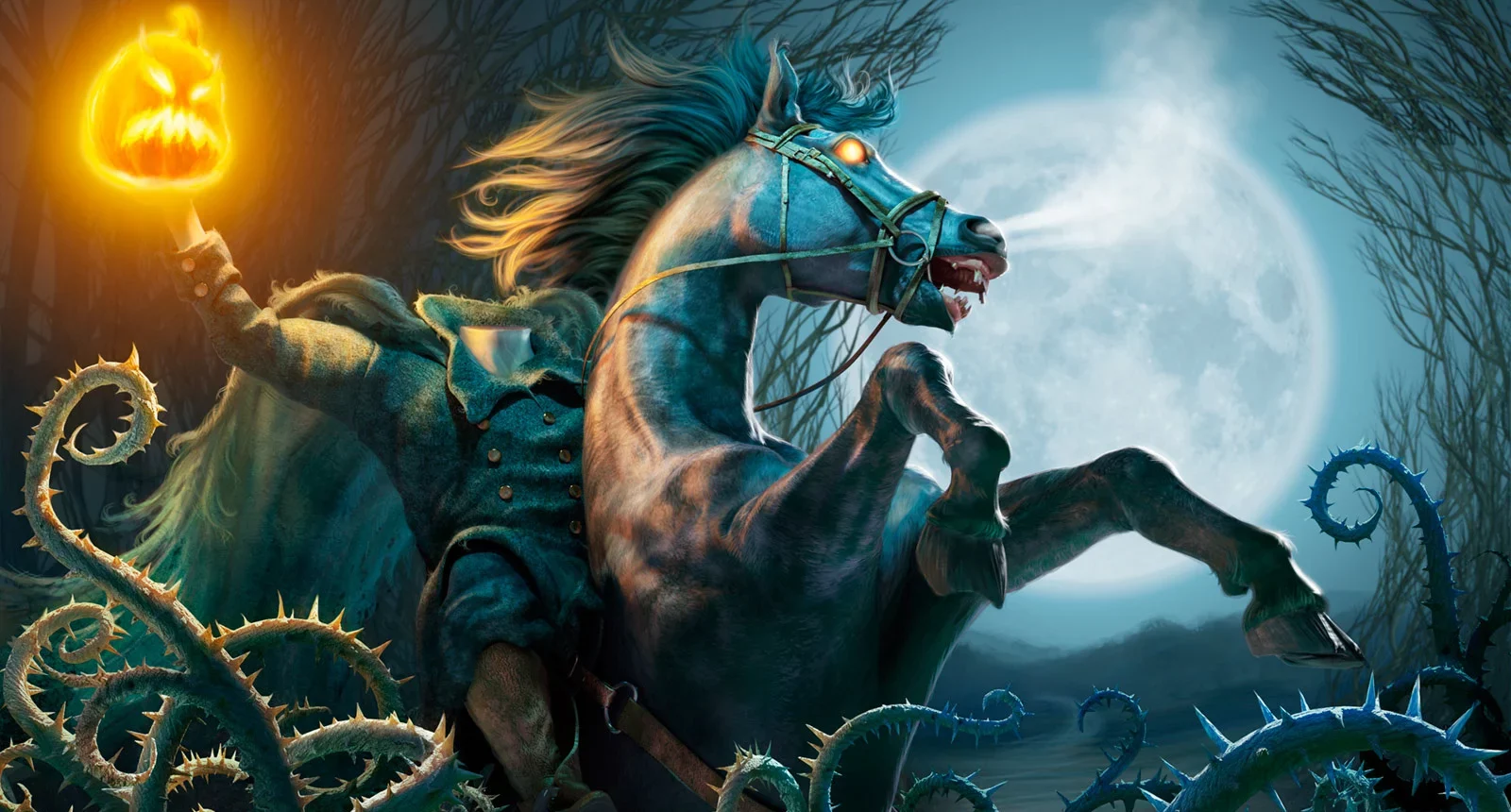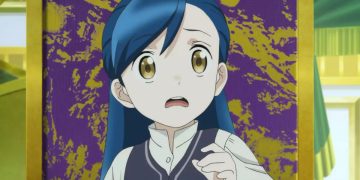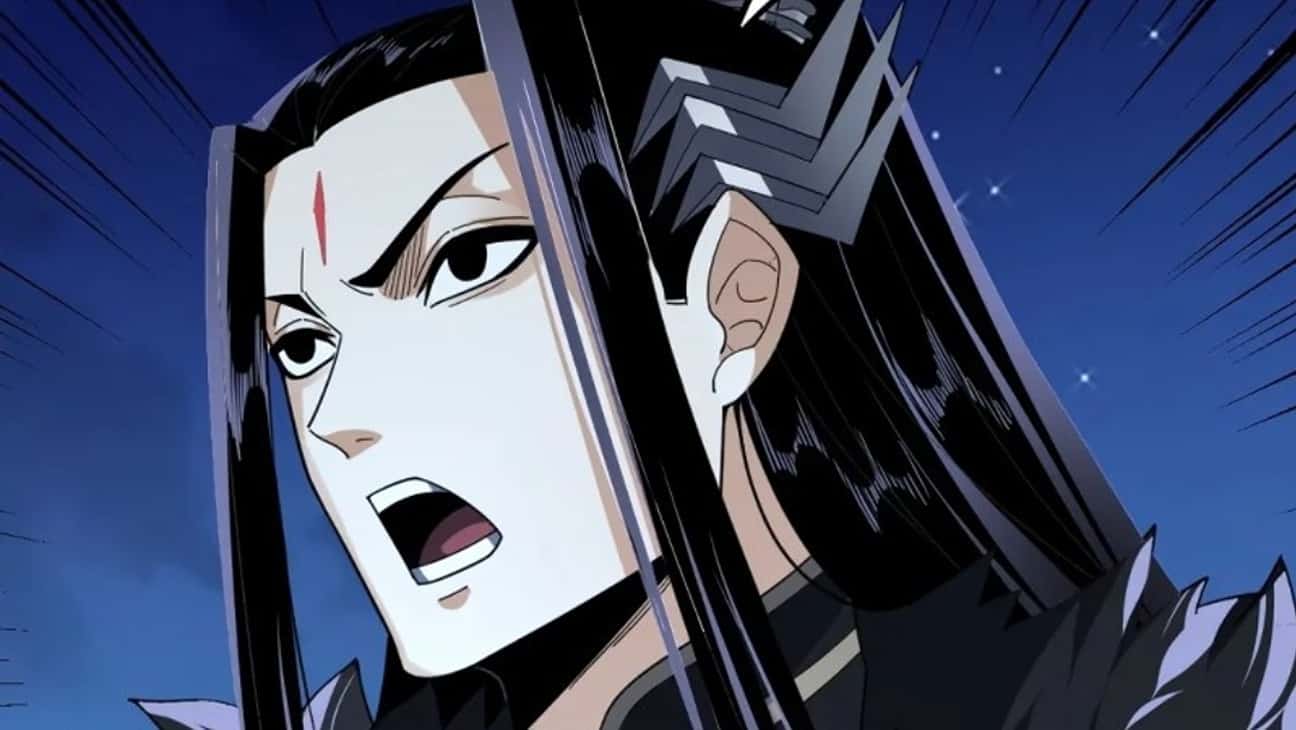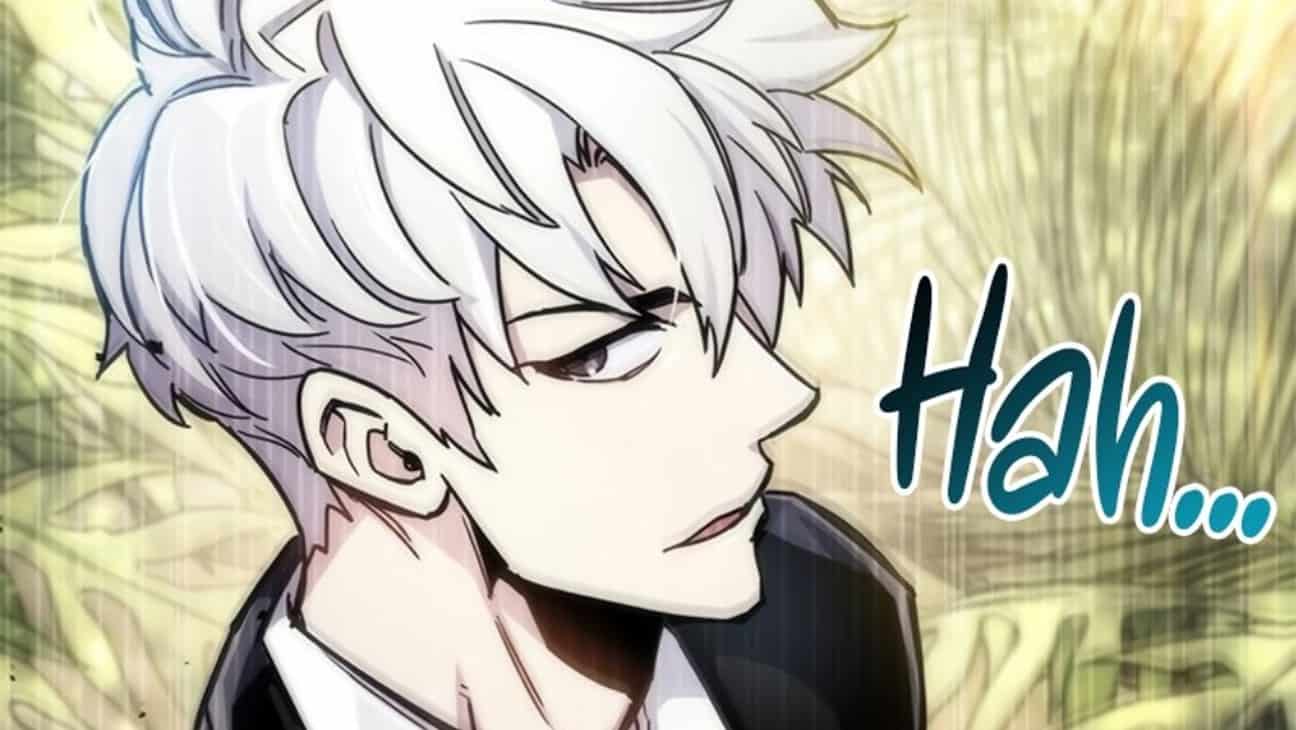So, How did the headless horseman lose his head? Since the Middle Ages, the Headless Horseman has been a fabled character in mythology worldwide. Traditionally, the figure is shown as a rider on a horse sans his head. Depending on the tale, the horseman is carrying his head or is completely missing it and looking for it.
From Washington Irving’s “The Story of Sleepy Hollow,” which exposed an early American society to a goblin rider threatening the tranquil lanes of a small New York community, comes the most well-known version of the headless equestrian.
The Headless Horseman is somewhat of a town mascot in the village of Sleepy Hollow today; he may be seen on fire vehicles, sports jerseys, and large town monuments. Some people dressed as headless horsemen for Halloween, and people have considered the tale a horror tale for years, but how did the headless horseman lose his head? Let’s decode.
Also read: Why Is Henry Cavill Leaving The Witcher? Reason Behind His Exit
The Headless Horseman’s Origin
The Middle Ages are when one of the earliest references to the Headless Horseman can be found. The Irish “Dullahan” or “Gan Ceann” mythology, which history describes as resembling the Grim Reaper, is among the best-known. He is, therefore, fearsome, fierce, and out to gather souls.
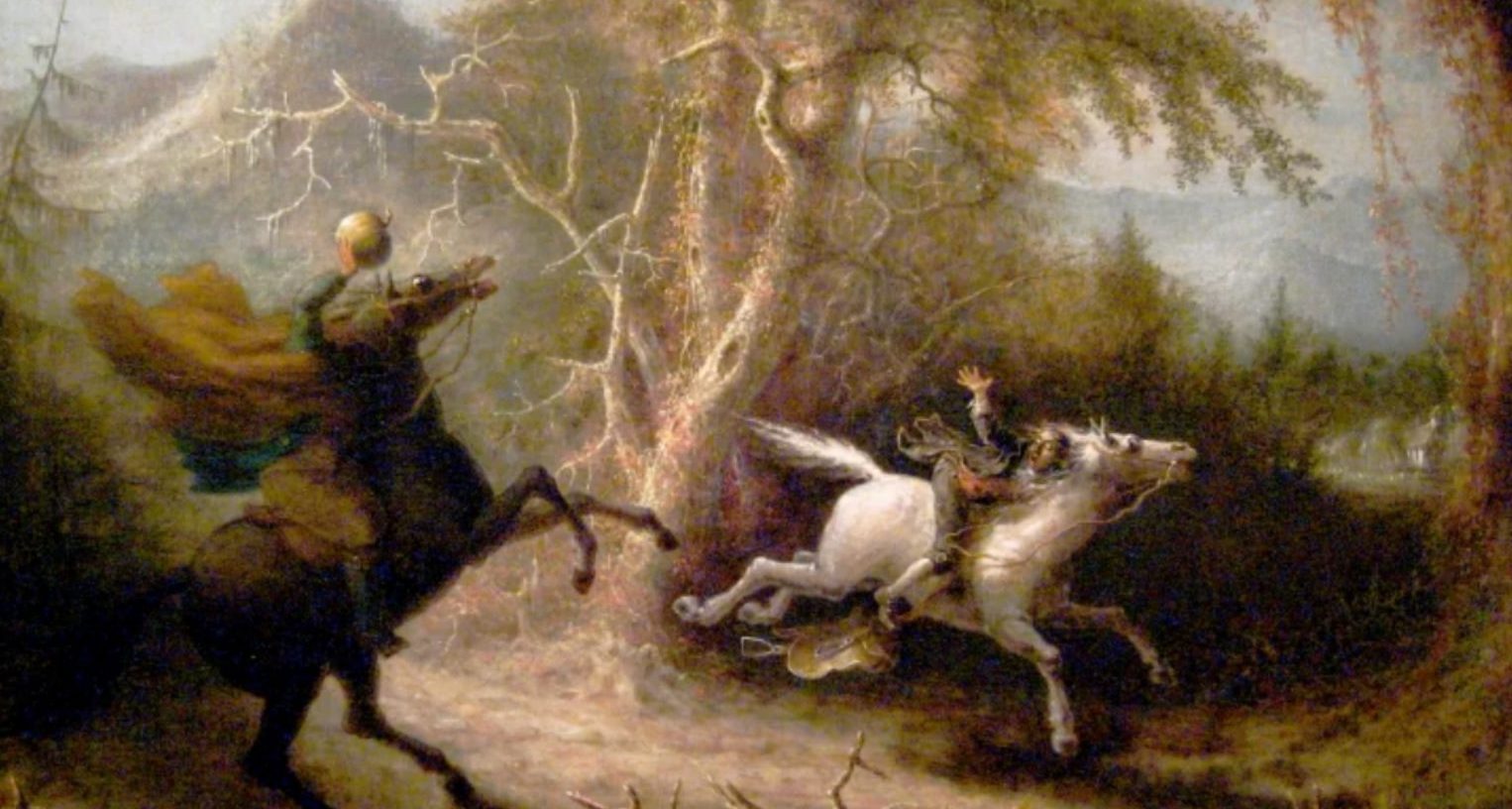
According to The Vintage News, the dark faerie known as the Dullahan is closely related to the Celtic God Crom Cruach, also known as the Dark God of the Burial Mound. Around the sixth century, Ireland stopped offering sacrifices to their dark God, according to some accounts (Crom Dubh). As a replacement, the myth of a headless horseman emerged.
The Dullahan raises his grin-adorned head, which occasionally glows, to see far away. The ghastly rider can occasionally be seen riding a six-horse carriage or galloping around on a black horse while brandishing a whip.
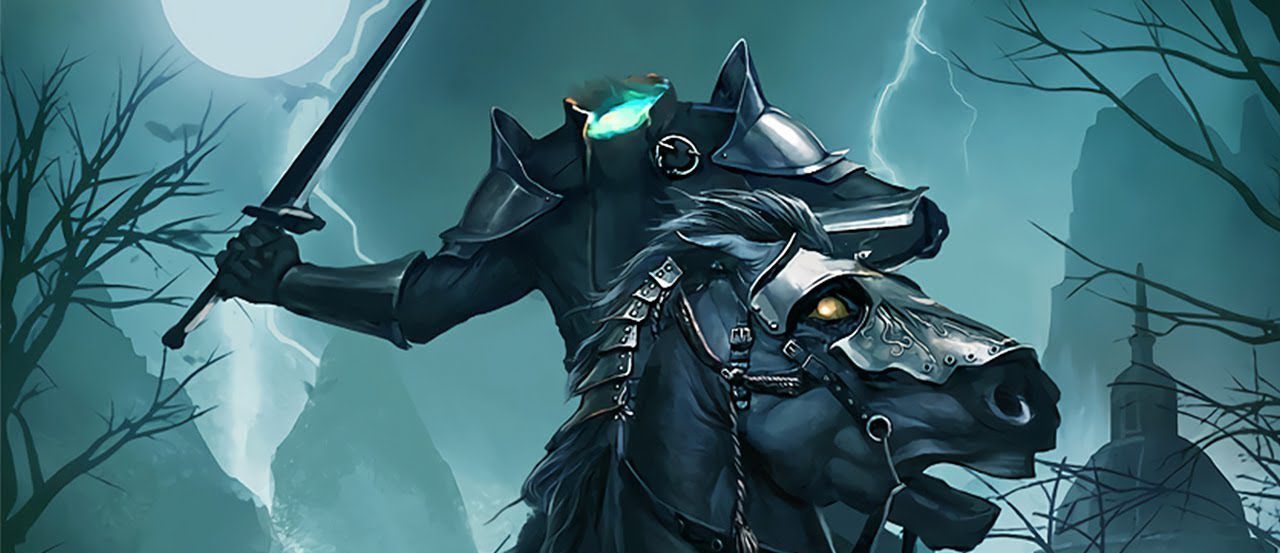
According to The Irish Place, looking at the Dullahan will cause immediate blindness. Sorry, but if you hear the evil faerie call out your name, you have been picked as his next death victim. He is a ghoul that prefers the night. On festival days after dusk, the Dullahan, according to the Irish, search for prey.
How Do The Brothers Grimm Explain The Legend?
German folktales from the 1600s that include a headless rider were collected by the Brothers Grimm. The Brothers Grimm introduced the legend at the start of these tales: Any man who commits a crime that calls for decapitation during his lifetime will be sentenced to be headless in his afterlife.
In the Dresden legend “Hans Jagenteufel,” a woman is picking acorns close to the “Lost Waters” section of the woodland when she hears a hunting horn followed by a thump. A rider on a grey horse and wearing a grey cloak stands above the woman when she turns around.
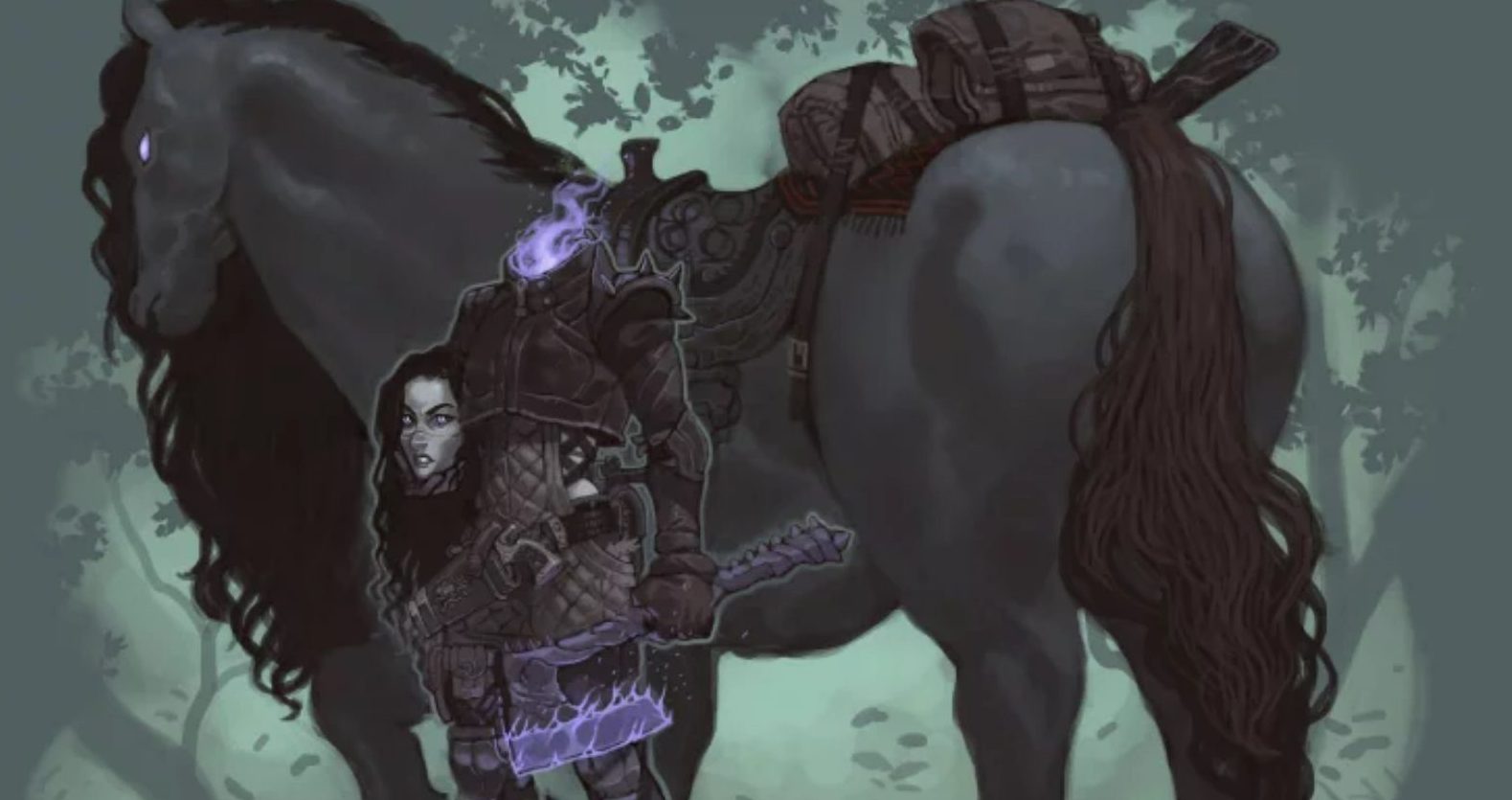
The woman doesn’t give it much thought and keeps gathering acorns. The same horseman meets the woman in the woods the following day, but he is carrying his head this time. The rider introduces himself as Hans Jagenteufel and asks if she collected the acorns without permission before telling the woman that he used to drink too much and take whatever he wanted when he was younger.
His sinful life had doomed him to an awful spiritual existence. The Headless Horseman becomes somewhat of a cautionary tale in this German translation. The Headless Horseman serves as a reminder to the living not to steal to escape his terrible fate.
Scotland’s Headless Soldier
According to Scottish folklore, there was conflict within the Maclaine clan in the 16th century in the Glen More valley (which crosses the Isle of Mull). According to a Scottish author at the Hazelnut Tree, the clan chief Iain Og got into a fight with his son Ewen after denying him property.
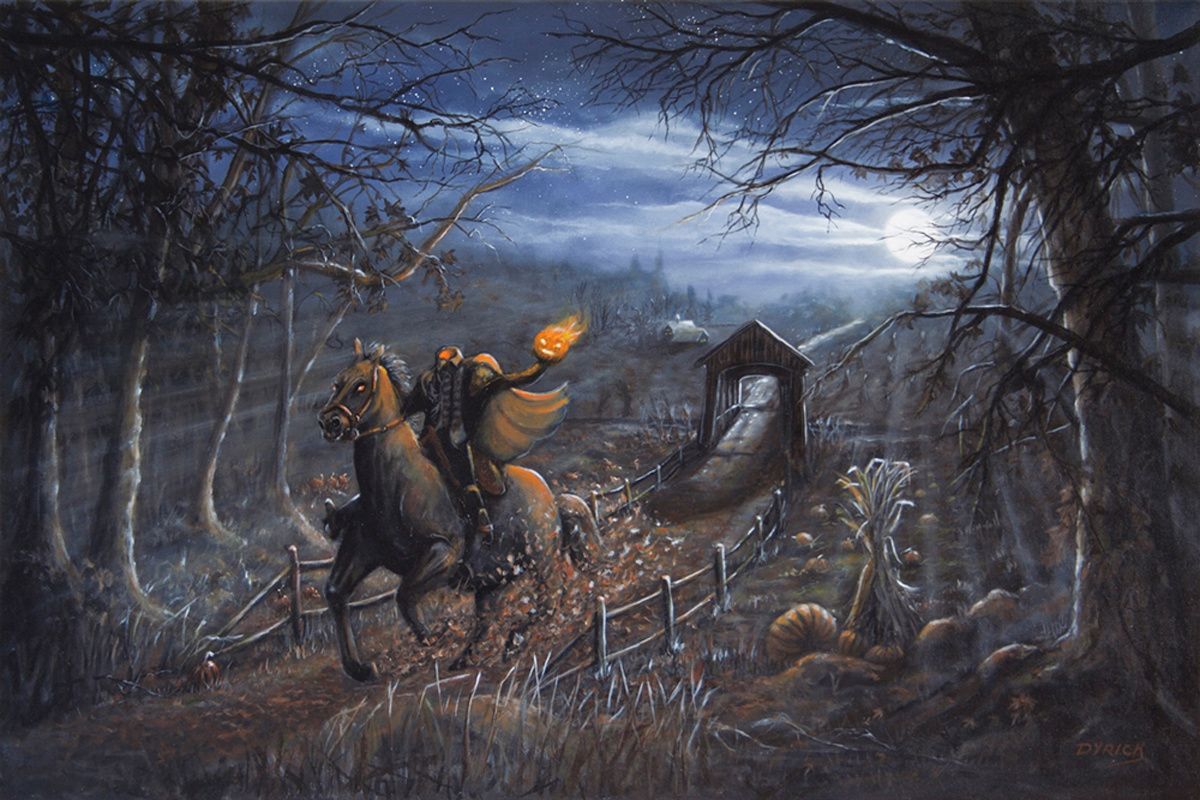
They prepared a large-scale duel for 1538. But the fairy who washed the blood off garments the day before the combat told Ewen that if his servant forgot to give him butter for breakfast the next day, he wouldn’t make it through the fight. It turned out that Ewen Maclaine’s morning table was devoid of butter.
Was The Headless Horseman A Wild German Huntsman?
Numerous works by Sir Walter Scott, Gottfried Burger’s “A Wild Huntsman,” tales compiled by Karl Musäus, and those of the Brothers Grimm feature the Wild Huntsman, a different German interpretation of the Headless Horseman.
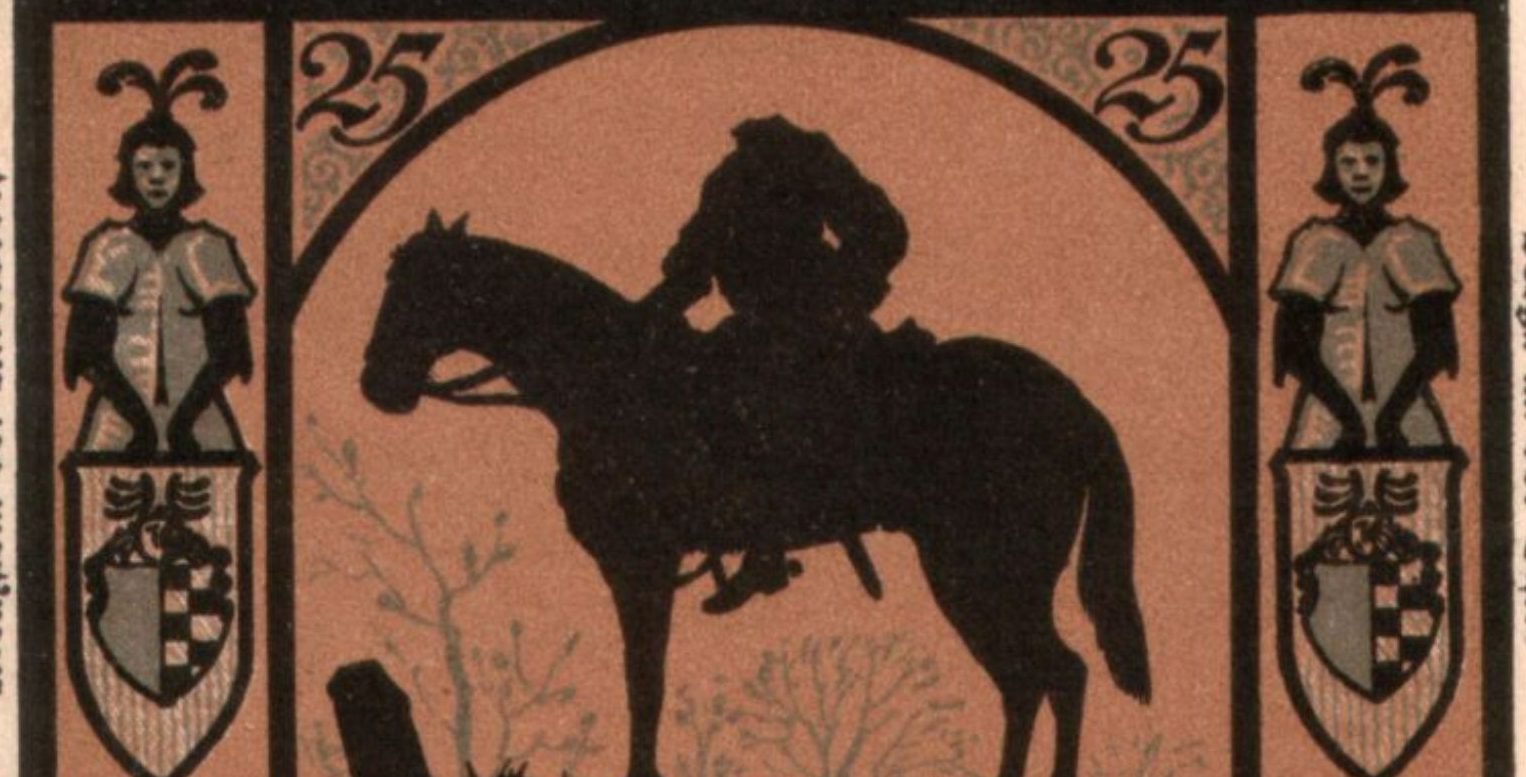
According to a legend in Brunswick, a man by the name of Hackelberg is so dedicated to hunting that, when he passes away, he begs God to keep him on planet Earth to hunt rather than send him to heaven. After that, Hackelberg took on the persona of the Wild Huntsman and spent his time prowling the woods in search of a game.
Hunters are advised not to go hunting the following day if they hear the wild hunter’s booming horn. The Wild Huntsman represented hunting mishaps for Germans and served as a symbol of retribution. The Wild Huntsman sought out those who had mistreated others so he could punish them if he came across them in the woods.
Do The Indian Folktales Mention The Headless Horseman?
Not all jockeys without crowns have threatening backgrounds. The Headless Horseman is truly a hero in Indian tradition. The “Jhinjhr” is a king who has lost his head while protecting his village from bandits or lawmen, per traditions from the Indian states of MP. The Woodland Horse Center, on the other hand, contends that the jhinjhr might have been a Mughal-mounted infantry protecting his prince.
The Legend Of The Sleepy Hollow
The Headless Horseman is well known to American audiences because of Washington Irving’s 1820 novel “The Legend of Sleepy Hollow.” In Irving’s gothic classic, which is situated close to modern-day Tarrytown, New York, schoolteacher Ichabod Crane learns about the local Dutch tradition of a headless Hessian soldier haunting the Old Dutch Church when he arrives in Sleepy Hollow.
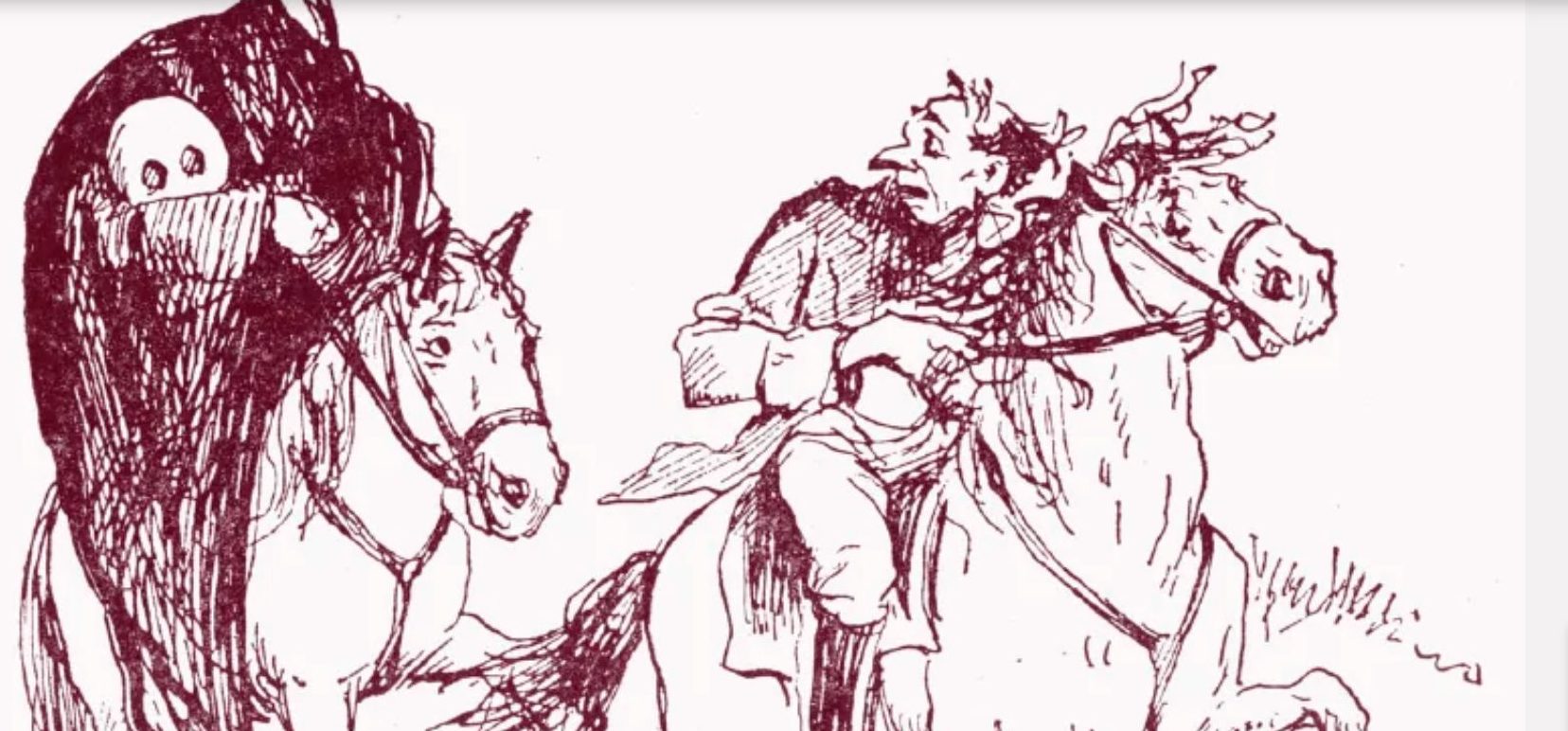
The superstitious Crane devours these legends about the headless, galloping ghoul. However, he has a romantic rival in the bulky Brom Van Brunt. He also develops feelings for the local 18-year-old princess, Katrina Van Tassel.
The Widely-Talked-About Image Of The Headless Horseman
The Headless Horseman resembles the spectral Hessian soldier wearing his uniform and a black cloak while riding a saddle with his head. The Hessian, who is enormous, rides so quickly that he is likened to the wind.
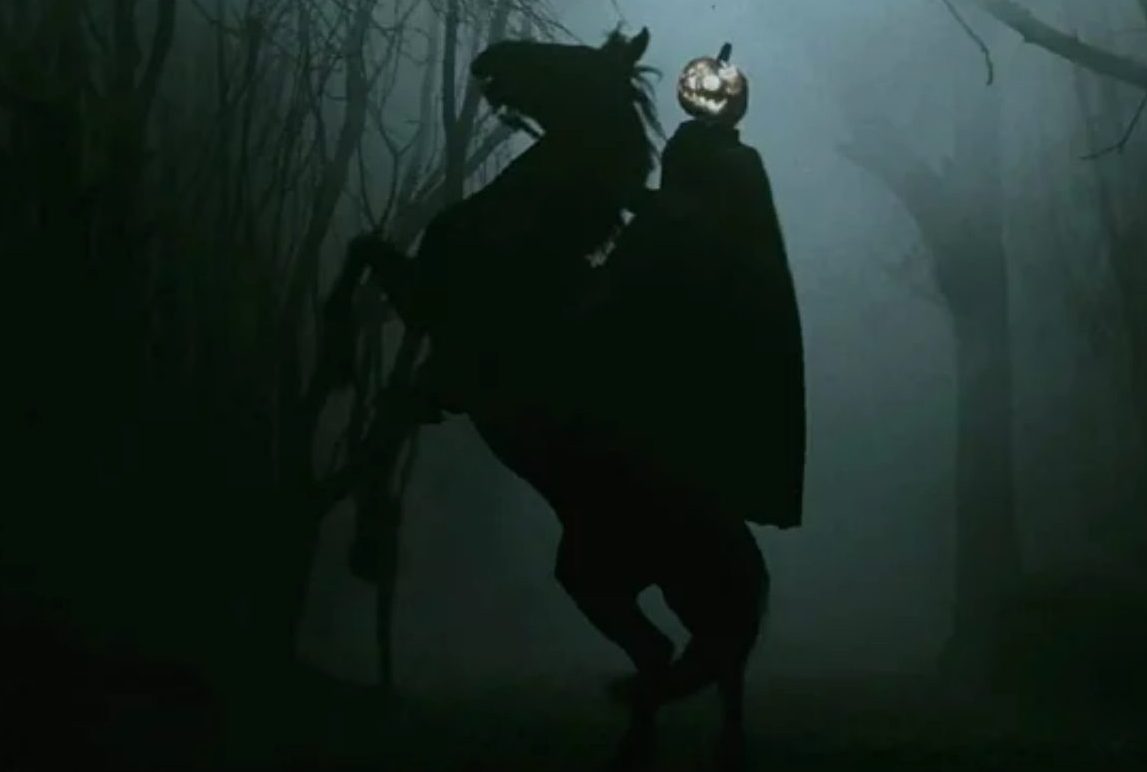
Despite being uniquely horrifying in and of itself, Irving’s equestrian appears kid-friendly compared to Dullahan from Irish folklore. The Dullahan carries his head high, with a terrible grin, little black eyes, and the stench of rotting flesh, according to Dullahan.com.
This evil fairy from Ireland travels in a black carriage pulled by six horses or on a large black horse, which is occasionally headless. In some versions of the story, this savage creature also wields a whip crafted from a human spine and a pail of blood, as if he weren’t already terrifying enough.
How Did The Headless Horseman Lose His Head?
The horseman was a Hessian soldier fighting in the American Civil War in the original version of “The Legend of Sleepy Hollow.” He can now rise from the grave and pursue travelers since he was beheaded by a cannonball that flew overhead and buried in a grave outside of a church.
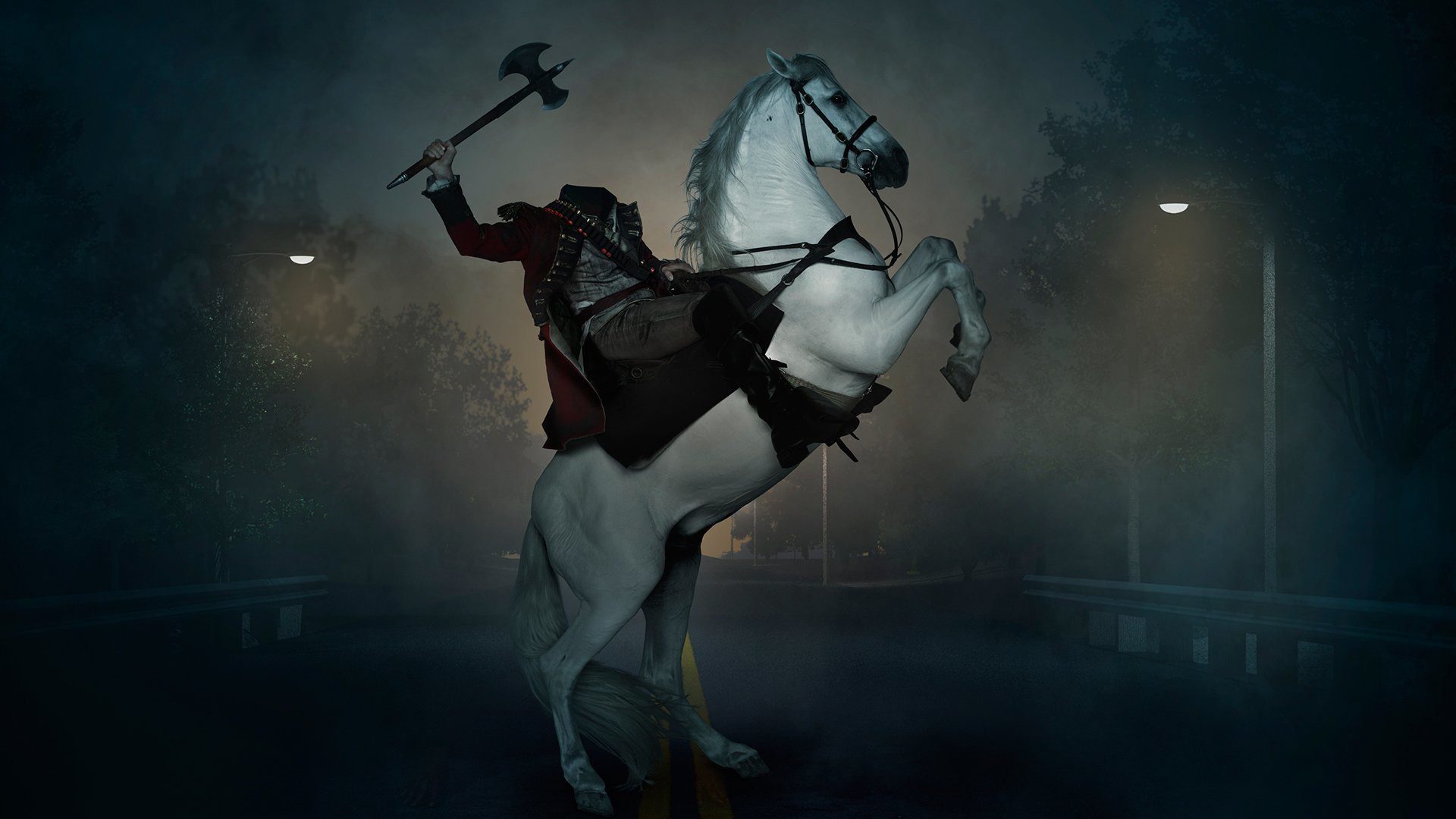
When the horseman was still alive in Tim Burton’s “Sleepy Hollow,” his head was cut off and buried with his skeleton. Since his skull’s meaning was taken from his burial, he resides inside the Doom Tree, which is filled with bodies with missing heads.
In preparation for his planned human retribution for having his head taken, the horseman emerges when it is misty around sunset. His head regrows after the conclusion of this film and is never seen again.
What Does The Headless Horseman Signify?
According to Franz Potter, a professor of Gothic studies at the National University, these ghostly figures typically represent the past that continues to haunt the present. Potter stated, “The horseman, like in the old days, still seeks explanations, vengeance, and can’t rest.” “The past pursues us, haunting us, so we never forget it.”
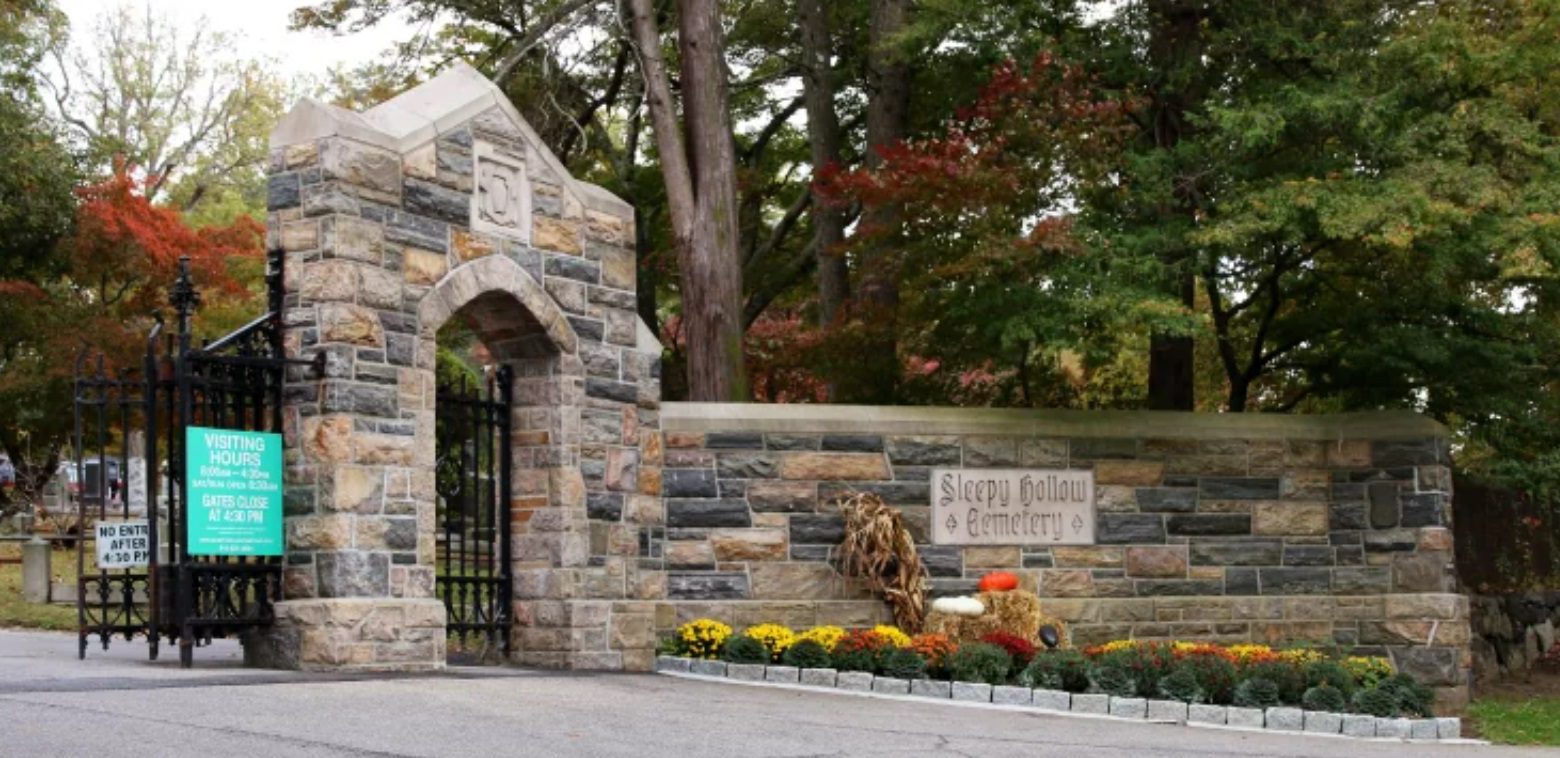
Because of this, traditions about the headless horseman frequently develop in many civilizations after wars, tragedies, and famines. For instance, according to The Irish Place, the Dullahan legend gained notoriety in the sixth century after Ireland became Christian and stopped sacrificing to the God Crom Dubh.
As stated by Smithsonian Magazine, Irving’s Headless Horseman also addresses the horrors left behind by the War of 1812 and the yellow fever epidemic. The fear of the Headless Horseman is a relic of our past that hangs over the town of Sleepy Hollow or the isolated towns of Germany like a contagious disease.
Also read: Why Did Carmen Leave The George Lopez Show?


